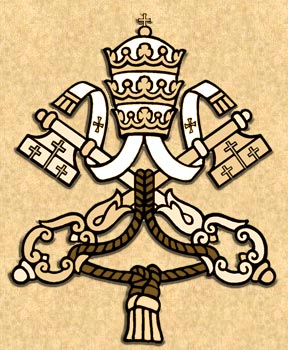St. Agnes was the daughter of Queen Constance and King Ottokar I of Bohemia. At the age of three, she was betrothed to the Duke of Silesia, who died three years later. As she grew up, she decided she wanted to enter the religious life.
After declining marriages to King Henry VII of Germany and Henry III of England, Agnes was faced with a proposal from Frederick II, the Holy Roman Emperor. She appealed to Pope Gregory IX for help. The pope was persuasive.
On learning that St. Agnes had left him to become the spouse of Christ, Frederick II is said to have remarked: "If she had left me for a mortal man, I would have taken vengeance with the sword, but I cannot take offence because in preference to me she has chosen the King of Heaven."
After Agnes built a hospital for the poor and a residence for the friars, she financed the construction of a Poor Clare monastery in Prague. In 1236, she and seven other noblewomen entered this monastery. Saint Clare sent five sisters from San Damiano to join them, and wrote Agnes four letters advising her on the beauty of her vocation and her duties as abbess.
Agnes became known for prayer, obedience and mortification. Papal pressure forced her to accept her election as abbess; nevertheless, the title she preferred was "senior sister." Her position did not prevent her from cooking for the other sisters and mending the clothes of lepers. The sisters found her kind but very strict regarding the observance of poverty; she declined her royal brother’s offer to set up an endowment for the monastery.
Devotion to Agnes arose soon after her death on March 6, 1282. She was canonized in 1989 by Pope John Paul II
Evil triumphs when good men do nothing - Edmund Burke
Monday, March 2, 2009
Subscribe to:
Post Comments (Atom)









No comments:
Post a Comment